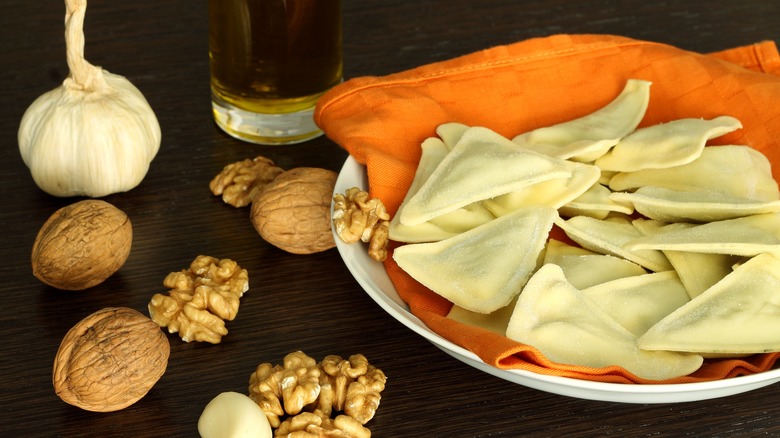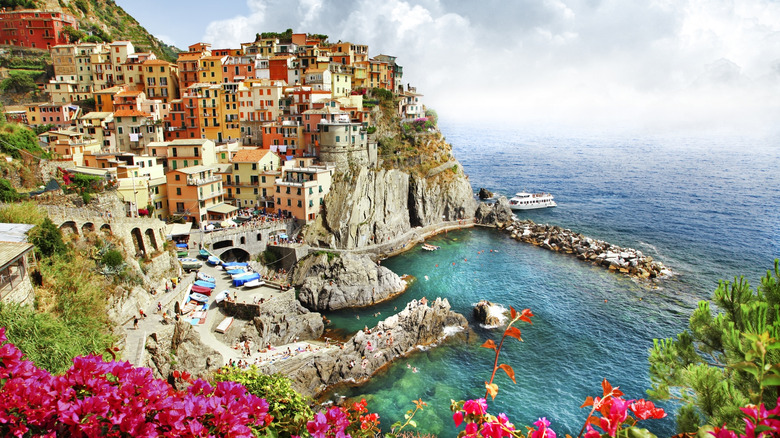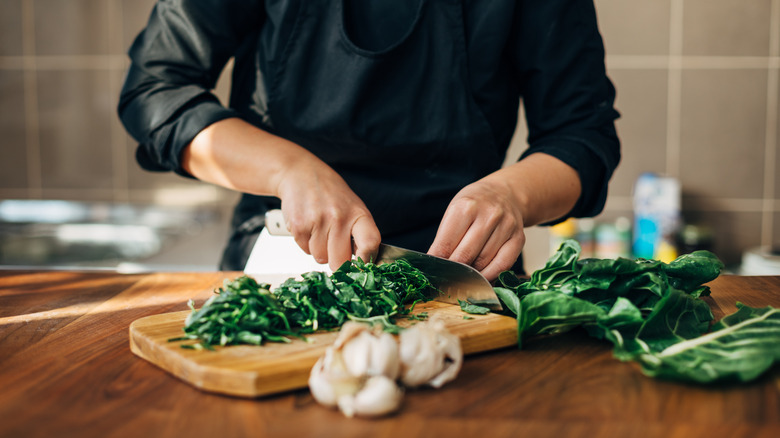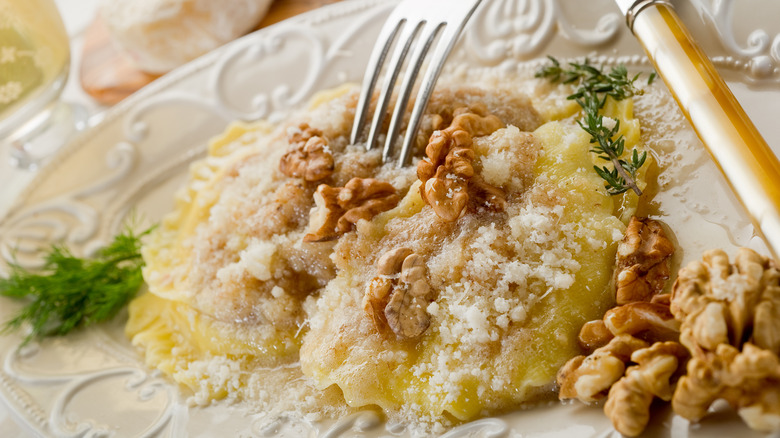Pansotti: Northern Italy's Filling Potbelly Ravioli
If Italy is known for one aspect of food culture, it has to be pasta. While it is widely believed that pasta actually originated in China, there is little doubt that it was the Italians who developed it into a national symbol of food and culture. There is no straightforward answer as to how many types of pasta exist in Italy, but the number easily extends into the hundreds. Pici is fundamentally Tuscan, orecchiette comes from Puglia, and bucatini is a creation from Lazio, to name a few.
Anyone with an affinity for pasta is probably familiar with these three varieties and many others. However, there are numbers of other pasta in Italy that have remained fairly exclusive to the regions of their births, as opposed to the way powerhouses like spaghetti and ravioli have taken the world by storm.
For example, su filindeu is a Sardinian pasta so rare that less than ten people in the world know how to make it. Strangozzi is widely made in Umbria but not many other areas, and busiate is a thick, spiral-shaped pasta from the western corner of Sicily. Another pasta you could easily place in this group of little-known pasta is pansotti, a stuffed pasta reminiscent of ravioli but with some significant differences.
What is pansotti and where is it from?
The name pansotti (also called pansoti) comes from the Italian word "pancia," which means belly or pot belly in English. Pansotti can take a variety of shapes, from triangular-shaped ravioli to half-moon shapes. Still, the word itself refers to any Ligurian pasta shaped like a little round belly filled with the vegetarian ingredients of ricotta cheese, greens, and herbs. It is a traditional dish of Liguria, a region of Northern Italy that borders the Ligurian Sea.
If you're not immediately familiar with Liguria, you'll probably recognize some of the famous towns and cities in the region: Sanremo, Genoa, Portofino, and Cinque Terre. Also known as the Italian Riviera, Liguria is a region soaked in long stretches of pristine beaches, candy-colored cliffside structures and homes, and heavy tourism. It is probably most famously known for such foods as pesto sauce, seafood, and focaccia bread, but pansotti is just as specific to the land.
Compared to other Ligurian pasta, which has existed for centuries, pansotti's first written reference was in Touring Club Italia's 1931 Italian gastronomic guide. In it, a recipe from the town of Rapallo is called pansoti cu a salsa nuge, or "pansotti with walnut sauce."
Pansotti is full of cheesy and herby goodness
If you ask someone from Liguria what makes up the filling of pansotti, they will probably tell you that it's ricotta cheese and preboggion. Preboggion is a Ligurian term that refers to a combination of wild herbs and greens that are taken from the land, boiled together, and made into a mixture. They include radicchio, Swiss chard, dandelion greens, borage, wild fennel, nettles, and more.
Because these ingredients are seasonal and cannot be harvested all of the time, Ligurians will often substitute things like spinach, parsley, and chervil. So, pansotti can actually vary in flavor depending on the time of year it is made. The preboggion is combined with eggs, nutmeg, Parmigiano Reggiano or Grana Padano cheese, and marjoram.
The filling is used to make individual pasta dumplings, so fresh pasta dough is required. Round portions of filling are encased in the pasta before being boiled, and then the pansotti is traditionally served with a creamy walnut sauce.
Pansotti is homemade and topped with its signature walnut sauce
To assemble pansotti pasta, fresh sheets of pasta are cut into squares, about the size you'd use if you were making ravioli. In the center, drop a round dollop of filling. From here, you can fold over one corner to make a triangular-shaped dumpling and seal the edges. You can also take the outer ends of the triangle shape and pinch them together to create a shape that looks like tortellini. If you have a round ravioli cutter, simply place the filling in the middle and fold the pasta dough into a half-moon shape.
While basil pesto is arguably the most famous Ligurian pasta sauce, pansotti is best served with a walnut-based sauce. Use a mortar and pestle if you like to cook old-school Italian style or a food processor for speed and less required elbow grease. The walnut sauce is typically made with walnuts, pine nuts, milk, garlic, bread, Parmigiano, marjoram, and olive oil.
Everything is mixed or blended until a creamy, saucy consistency is reached — just be sure to soak your bread in the milk before throwing it all together. The sauce is blanketed over your boiled pansotti and garnished as desired, perhaps with a sprinkle of cheese, chopped walnuts, or herbs. If you can make ravioli or tortellini, making pansotti should be a snap.



